
This 4 parts article series is to place focus on the issues that are faced by the Human Resource department of companies in Malaysia.
The purpose of this series is to uncover the cause & effect of the issues that’s been plaguing the HR department in Malaysia. Then, provide a viable solution for said issues. If you haven’t read part 2 of the series, you can find it here. Part 3 will be a case study of companies who had used gamification.
As simply stating that gamification is a solution, conducting a case study is necessary to prove it as a viable and effective.
Ford Motor
Ford Motor Canada wanted to increase their L&D participant number, as they felt that it is important for the workers to constantly be updated with the company’s new product and respective specification. Thus Ford introduced a program themed around professional motor racing which motivates sales & service representatives to learn more by browsing thep2p portal. Watching informational videos, taking web courses, and downloading and consuming the latest product information.
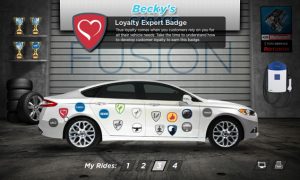
Participants can earn RPMs and Gear up which are the name of points and leveling up. Each participant will work toward individual goals, earn badges that are visible in a trophy case, and compete with their peers on leaderboards. Participants can also team up to accomplish team goals, compete against other dealership, and receive real-time feedback as they engage in the desired behavior.
The site usage increased by 417% when compared to the same period of previous year, showing that the program was well received. Within the first three months, the site exceeded the traffic volume of the entire previous year. There also an increase in voluntary learning, as participants completed courses above and beyond what they were required to do for annual certification requirements.
Pricewaterhouse Coopers (PwC)
Pricewaterhouse Coopers, also known as PwC is an accounting and consulting firm, in which wanted to increase engagement with job candidates during the search process. Because job candidates are passing through their website too quickly. PwC also believes that a more engaged candidate pool would yield better candidates, and result in workers who would stay on with the company longer.
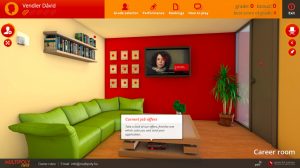
The resulting program was Multipoly, which allows job candidate to see how ready they are to work at PwC. Done by placing them on teams and presenting them business problem similar to what they would encounter on the job. After a simulated job interview, the candidate can try out different roles such as consultant, and manager.
The program was successful as it is reported job candidates who played Multipoly were better prepared for the live interview. Also, candidates say they were more informed and prepared for PwC. As Multipoly emphasized the skills needed for success at the firm. Website usage of PwC increased from 10 minutes to 90 minutes, and the candidate pool increased by 190%. Hiring candidates that have played Multipoly made the transition into the company more easily. As they had a taste of PwC’s company culture through Multipoly.
MaGIC
More often than not, employees are not getting the appreciation they deserve. This is one of the common reasons why employee retention at companies is low. After all, if someone has given their 110% and still does not get any recognition, why would they stay? It’s basic human emotional need. This is exactly what MaGIC was facing, which is why they have decided to incorporate gamification solution for the problem.
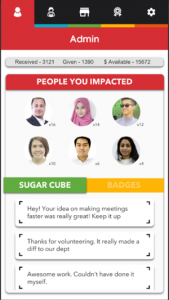
The subsequent result was the app MaGIC WOW, with a pet name TQ App. With the deployment of the TQ App, the results were immediate; each staff felt a great deal more appreciated. They received at least one word of praise per day. Each “trophy” represents “praise” that is stored and kept within the app to give regular morale boosts to individuals.
To put in some numbers, that’s more than 30 appreciative words sent on a daily basis. That’s 600 appreciative words when multiplied by 20 working days. In the past, it was hardly 30 per month!
Because of the greater deal appreciation, there was a noticeable increase in employee’s morale within the organization. Does this translate into more business? Only time will tell. But for now, we know people enjoy coming to work.

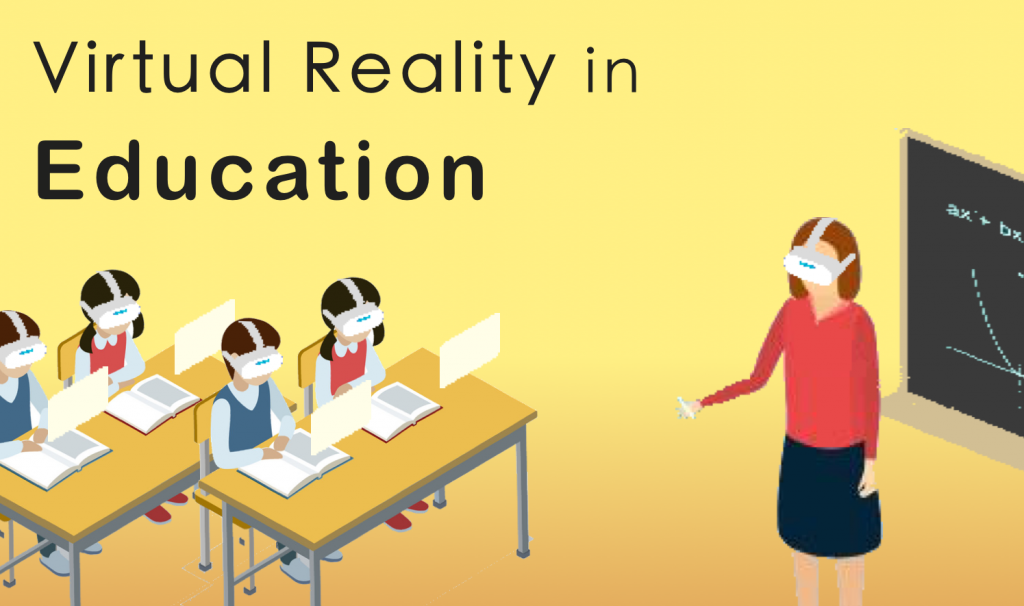
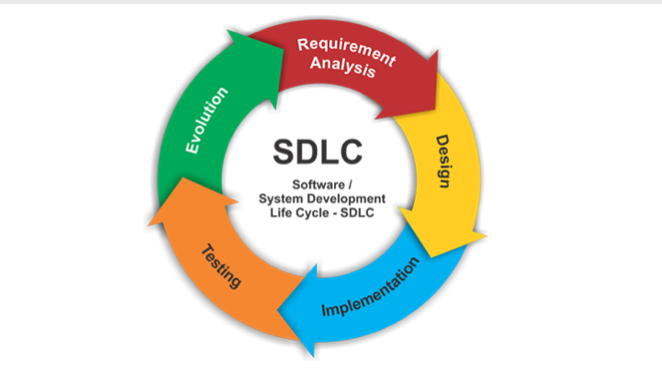
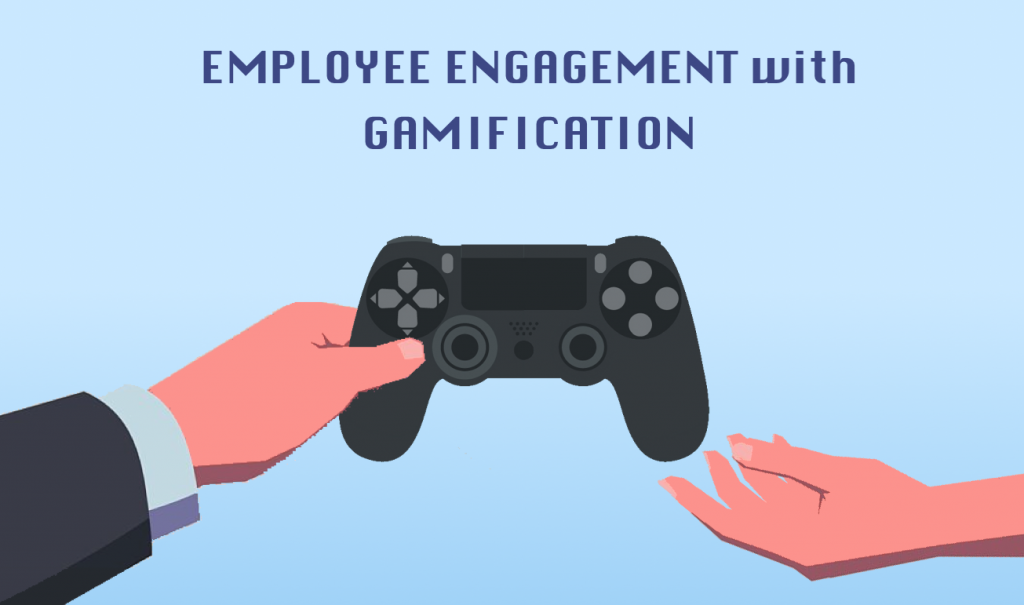
About The Author: Ricco
A detailed oriented Bachelor of Management student. Good in research, Information Gathering, and Information Cross Check.
More posts by Ricco